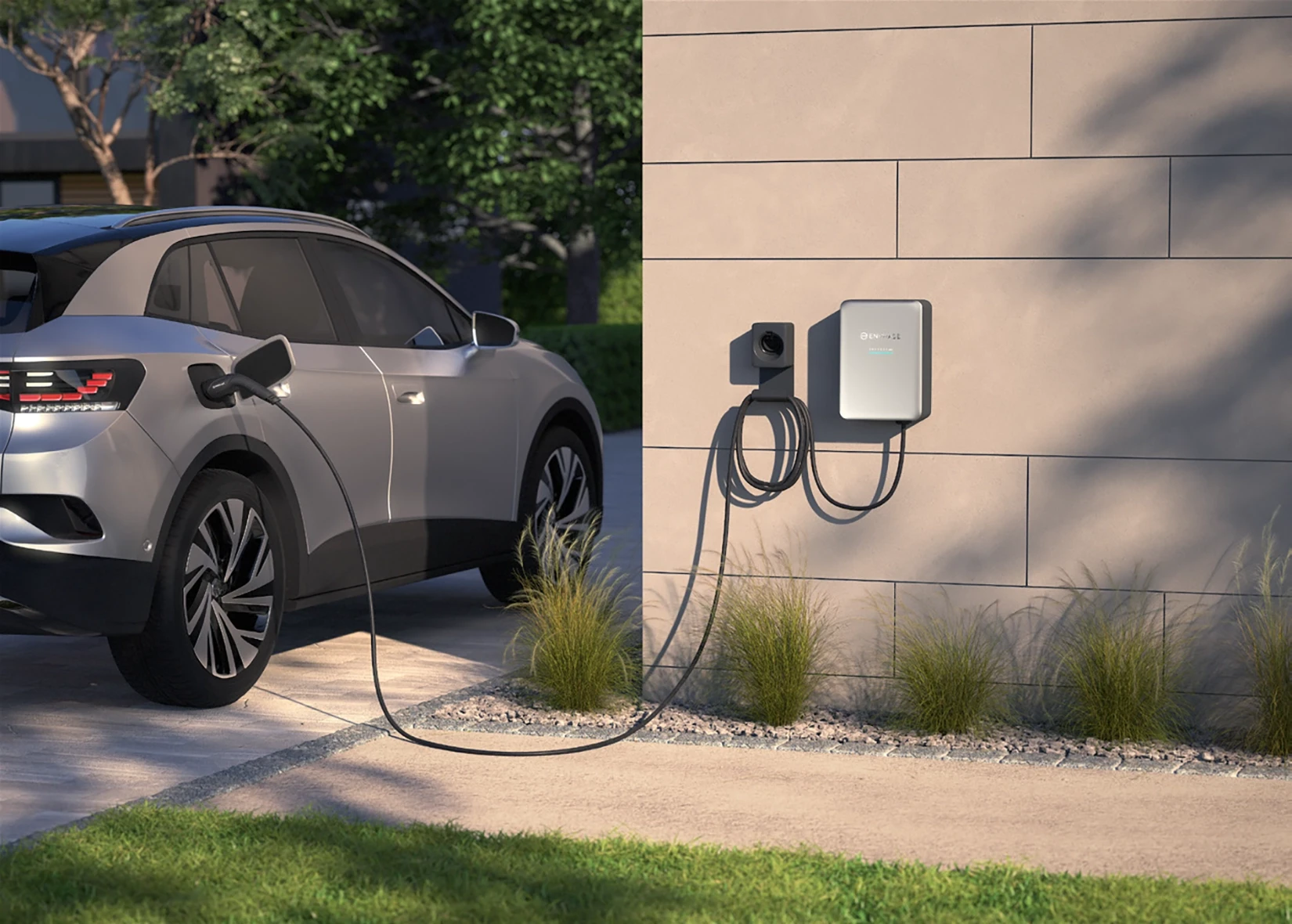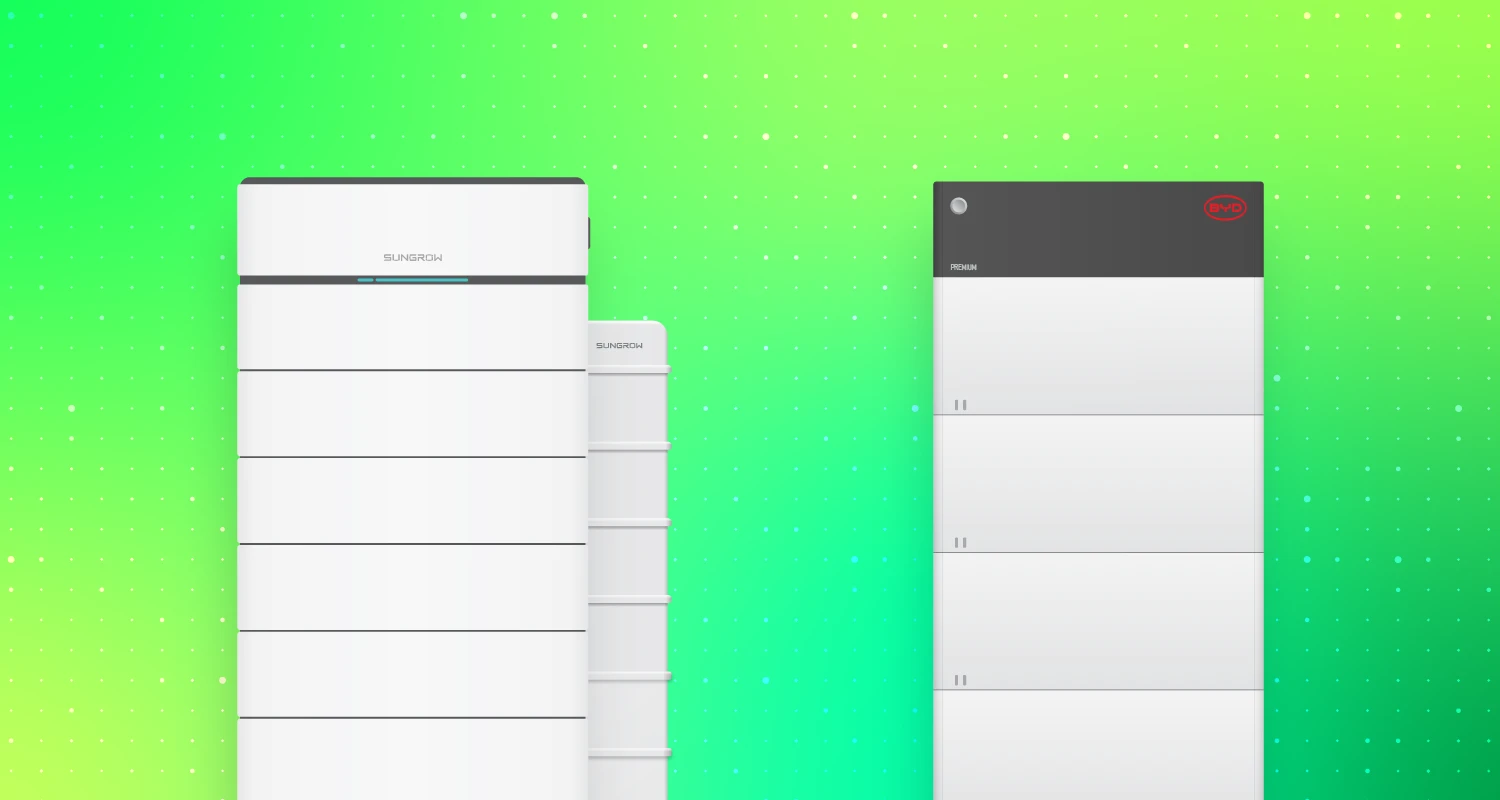The Federal Battery Rebate Incentive is Now Available
The Federal Battery Rebate Incentive is Now Available
Posted 5 Feb
If you own a solar system that was installed a number of years ago, and you're looking at reinvesting into your solar system, should you add more panels and upgrade your solar system, or should you replace the entire system with something more modern?
The answer to that question is dependent on your systems age, quality, size, condition, and your energy consumption. Let's understand how you can find out what is better for you.
Solar panels typically have warranties from 20-25 years, but over time they lose their efficiency which reduces your return-on-investment as time continues.
Each year that passes, a solar panel can lose around 0.5-1% efficiency (depending on the age), and older panels can lose the majority of
their output capability. (Good-quality, modern solar panels can retain up to 90% of their efficiency over the course of their lifetime
with approximately 0.5% reductions each year).
Booking a solar health check can determine if your system is performing as expected or underperforming.

Depending on when your solar system was installed, you may have access to some sort of solar analytics to see insightful analytics of your systems’ overall performance. This would be a good way to visualise your system's production and find issues that could be affected long and short-term performance.
The current system analytics could be an indication on whether to upgrade or replace your system entirely.
If you have had your system for years on end, there will be a chance that your solar panels have been damaged in some way. The last generation of solar panels are more prone to damage as they lack the modern protection technology that new panels have.
Newer and some older solar panels are designed to withstand decades of abuse suffered in various types of weather, but also degrade through other various elements such as wind, humidity, UV, or thermal stress.
Thermal cycling amongst others is a common form of deterioration, especially in Australia’s summer exposing the panels to harsh
sunlight. The heat forces the panels’ metal components to expand and contract as everyday goes past, and over a decade it can really add
up.
With high wind, the dynamic mechanical load capacity can force the panels to warp and bulge in the middle.
Trina conducted a test of their 530 W and
670 W panels here.
UV Radiation can cause damage to the passivation layers over time, with maximum
degradation rates of 0.12% - 0.73% per year.
Humidity is closely joined to thermal cycling where older panels expand, allowing moisture to get inside the panels where it can cause metal corrosion, delamination, and increased overall degradation.
Okay so we’ve identified if your system needs upgrading, but what do you do now? How do we fix it?
If you’ve had a look at your solar system analytics, and from what you can see there isn’t a huge decrease in system performance, you can upgrade and add more solar panels to recoup the lost performance of your existing system.
You can consider extending your existing solar system by adding more panels. It’s a simple strategy, but it would allow you to generate close to your existing system’s original output and wouldn’t cost you as much to replace the entire system.
However, there might be some system compatibility issues in combining modern with older technology. We visit quite a lot of properties with older systems where some panel and inverter brands have been liquidated and no longer exist.
Investing in newer, more reputable companies will ensure proper honoured warranty and long-lasting quality.
If your panels aren’t that old but you see a significant decline in performance, this could possibly be because your system hasn’t been cleaned. We recommend cleaning your solar panels once every 6-months to ensure your system is as productive as possible. We made a full guide on how to clean your solar panels here.
If you’re still unsure on what your next step should be, don’t over-think it! We provide solar health checkups and free consultation on how you can get the most of your system and property.
The good news is that you definitely have options. We genuinely would like to help in finding the best solution for you, your budget, and your property. If you’d like to have a chat, we provide completely free consultation on finding the optimal energy solutions.
Below are some options simplified into 4 categories. We created an article around this that you can read
here.
You could also completely replace your entire solar system by replacing your solar panels, mounting, and inverter for a top-of-the-line system that will last another 25-30 years.
The cheapest way to upgrade your system would be to add more solar panels. Depending
on your systems’ size, you could add a few more panels to increase your overall production.
Add a solar battery to store excess solar power throughout the day. Whether your solar
system is at its original installation capacity or an older system, depending on your consumption you may still be producing more than
you’re using.
In addition to adding a battery, you can not just save money with your battery, but earn it. We recommend looking at Amber and how they can make your battery into a money-making-machine.
If you've read all of this and are still unsure on if your solar panels need replacing, send us a message, and we can walk you through on if it is time and how to proceed. We won't try to sell you something you don't need. Let's chat.
Every property will have its own features and history and depending on when the solar panels were installed, it is important to check the panels a couple of times a year to ensure your system is running to maximum capacity.
If you feel your solar system isn't old enough to replace but needs a professional to
take a look, we provide solar health checks which involves a member of our team coming out to analyse your solar system and ensure it is
running correctly.

Explore upcoming & available bidirectional V2G-capable chargers in Australia from V2Grid, RedEarth, Sigenergy, Enphase, Tesla, and Fronius EV charging.

Compare the difference between Sungrow's SBH and SBR battery storage vs. BYD Battery-Box and find what battery is better for homes or businesses in NSW.

The NSW Government have announced that the NSW Battery Rebate (PDRS) will be suspended on June 30th, 2025, and will no longer be available.

Avoid the 9.7% NSW electricity bill increase with expert tips on reducing energy costs, optimising solar usage, and finding better energy plans in 2025.

Explore how you can use your EV battery via vehicle-to-load (V2L) as a backup energy source during blackouts to power your home appliances in Australia.
Leave a Comment